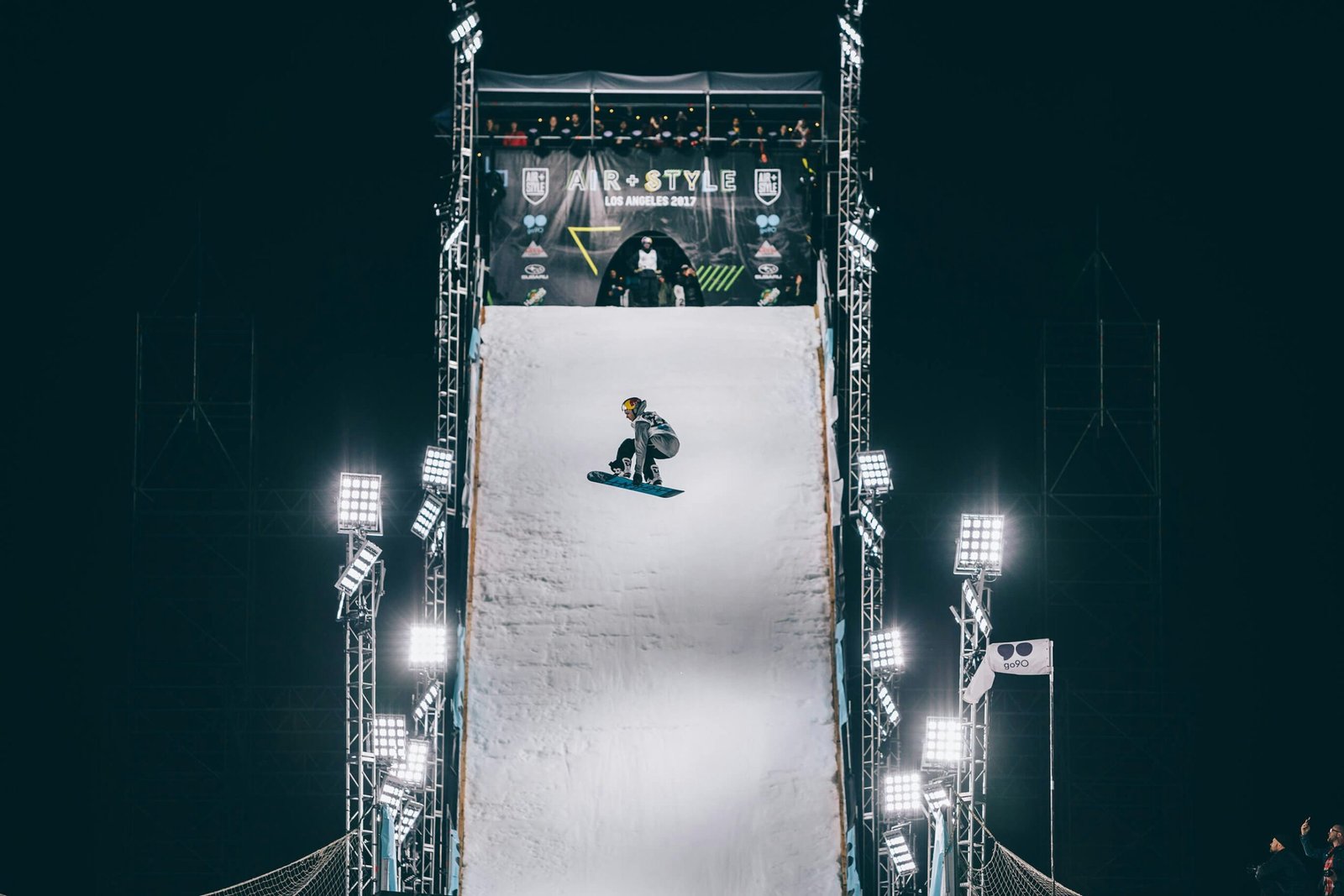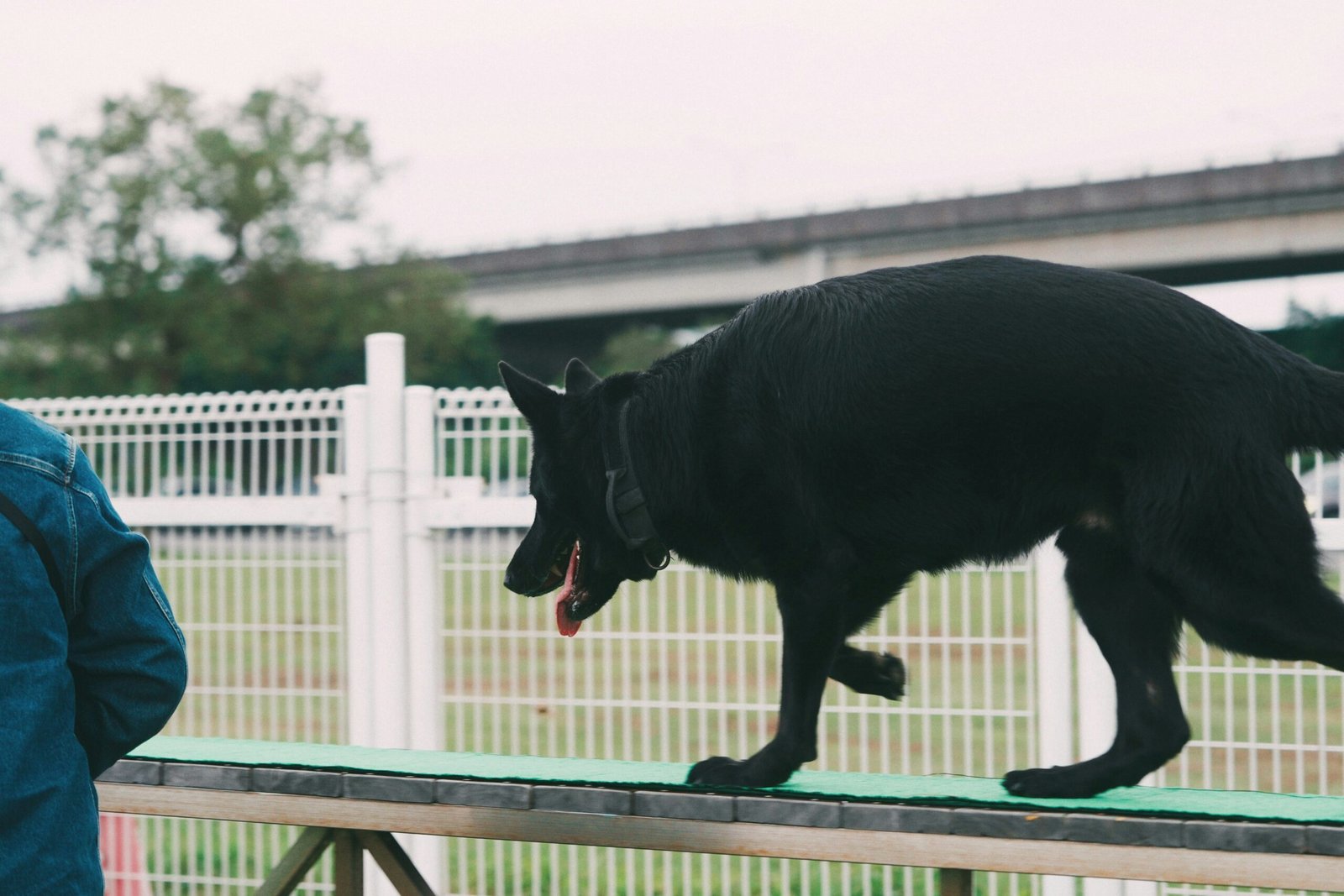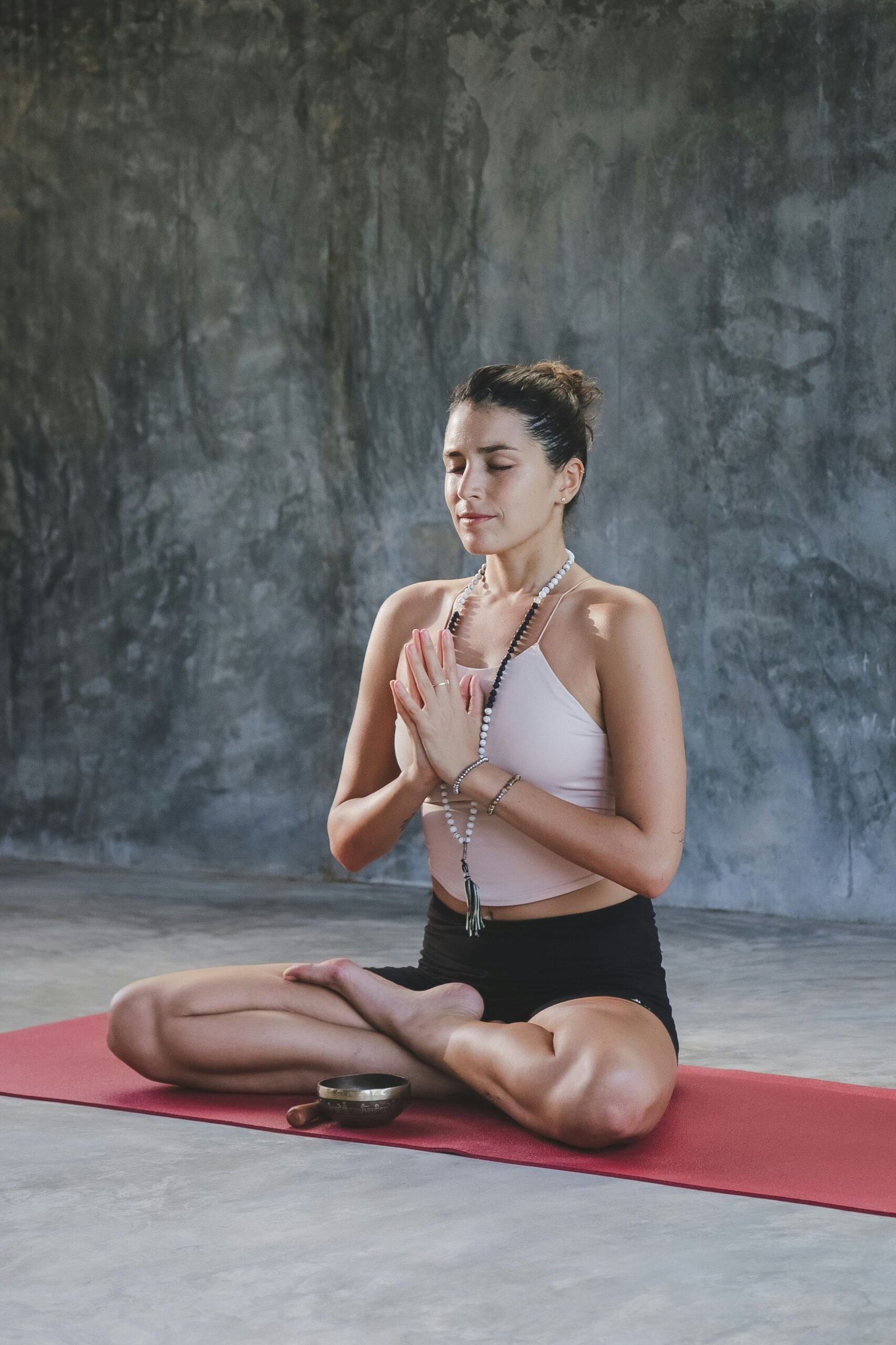Understanding Different Riding Styles
Snowboarding is a multifaceted sport with distinct riding styles that cater to various preferences and abilities. Each style—freestyle, freeride, all-mountain, and powder—has unique characteristics that influence the choice of snowboard and its performance in different conditions.
Freestyle snowboarding is centered around performing tricks, jumps, and spins, often in terrain parks equipped with rails, boxes, and halfpipes. Riders who gravitate towards this style typically favor shorter, more flexible boards that enhance maneuverability and ease of control. The emphasis in freestyle is on creativity and technical skill, making it ideal for riders who enjoy executing tricks in a controlled environment.
Freeride riding, on the other hand, is geared towards off-piste and backcountry experiences. Freeriders seek untouched terrain and natural features to explore their skills. Boards designed for this style are often stiffer and longer, providing stability at high speeds and better performance in varied snow conditions. This style is suitable for advanced riders who possess the necessary skills to navigate challenging terrains.
All-mountain snowboarding is a versatile style that combines elements of freestyle and freeride. It allows riders to enjoy the entire mountain, including groomed runs, powder, and park features. All-mountain boards are typically medium stiff, affording riders the ability to traverse different terrains. This flexibility makes it an excellent choice for those who want to explore various aspects of snowboarding without committing to a single style.
Lastly, powder snowboarding is specifically designed for riding deep snow. Boards made for powder are generally wider and longer, allowing for better floatation on soft snow. This style is favored by enthusiasts who revel in the experience of backcountry riding during fresh snowfall. Understanding these distinct riding styles is crucial for snowboarders in selecting a board that aligns with their preferences and intended conditions.
Assessing Your Skill Level
When selecting the right snowboard, understanding your skill level is paramount. Snowboarding skill levels are typically categorized as beginner, intermediate, and advanced. Each category has distinct characteristics, which influence the choice of board size, shape, and type. For beginners, a softer snowboard is often recommended, as it offers better maneuverability and is more forgiving in turns. This type allows new riders to easily learn balance, while reducing the chances of falls. Generally, beginners should also opt for shorter boards, as these are easier to control and provide a more intuitive riding experience.
Intermediate riders typically have a grasp of the fundamentals and are ready to explore more complex techniques. For this group, a slightly stiffer board could be advantageous. This type provides better stability at higher speeds and during aggressive turns. Additionally, choosing a board with a directional shape may enhance your riding experience, allowing for smoother navigation on various terrains. As riders progress to the intermediate level, they may also prefer a board that caters to all-mountain capabilities, enabling them to tackle different conditions confidently.
Advanced snowboarders often require a more specialized board, tailored to their preferred style of riding, such as freestyle, freeride, or backcountry. These riders typically favor stiffer boards, which offer increased responsiveness and precision in control. The choice of board length becomes critical as well; many advanced riders opt for a longer board to improve stability when undertaking higher speeds and more technical maneuvers. Furthermore, advanced riders may have specific preferences regarding camber profiles or shapes to suit their riding style.
In light of the mentioned factors, assessing one’s skill level is crucial when choosing a snowboard. This assessment guides riders towards boards that not only match their current abilities but also promote progression in their snowboarding journey. Thus, understanding where you stand in your snowboarding experience is essential for making informed and effective decisions regarding your equipment.
Choosing the Right Board Length and Width
Selecting the appropriate snowboard length and width is crucial for maximizing comfort, control, and performance on the slopes. The size of the snowboard heavily influences how it responds to a rider’s movements and the overall experience while riding. To start, factors such as a rider’s height, weight, and riding style should be considered.
Generally, a good rule of thumb for determining the right snowboard length is to stand the board upright next to you. The tip of the board should ideally reach somewhere between your chin and nose. Taller riders typically benefit from longer boards, while shorter riders may find shorter boards easier to manage. However, weight also plays a significant role in the decision. Heavier riders may require a longer board to ensure stability and adequate support, while lighter riders can often select shorter boards for enhanced maneuverability.
In addition to length, the width of the snowboard is equally important, particularly for riders with larger feet. A snowboard that is too narrow can result in toe drag, which can compromise performance and safety. To avoid this, it is recommended that riders with size 11 and above choose a wide snowboard. A simple measurement involves standing on the board in a relaxed stance; your toes and heels should be close to the board’s edges without any part protruding over the sides.
To further aid in matching board size to individual needs, many manufacturers provide sizing charts based on weight ranges and riding styles. Riders who prefer more aggressive styles may lean towards shorter, stiffer boards, while those who enjoy freestyle may favor shorter lengths for increased control. Ultimately, the goal is to find the perfect fit that allows for a harmonious relationship between rider and snowboard, fostering better performance and greater enjoyment on the mountain.
Understanding Board Flex and Shape
The choice of snowboard flex and shape plays a critical role in determining your overall performance on the mountain. Snowboards can generally be categorized based on their flex into three types: soft, medium, and stiff. A soft flex is more forgiving and allows for easier turns, making it an ideal choice for beginners or those who prefer a freestyle riding style. This flexibility enhances maneuverability, enabling riders to execute tricks and navigate tight spots with ease.
On the other hand, a medium flex offers a balanced performance, making it suitable for a variety of conditions and riding styles. It provides a good combination of stability and playfulness, accommodating both casual riders and those who enjoy a bit of aggressive carving. A stiffer snowboard, however, is designed for advanced riders who require precision and power. It excels in high-speed conditions and provides superior edge control on hard-packed or icy surfaces, making it a popular choice among experienced snowboarders seeking performance in challenging environments.
Beyond flex, the shape of the snowboard is another critical factor influencing riding experience. The three primary shapes are directional, twin, and directional twin. A directional snowboard is designed to be ridden primarily in one direction, typically featuring a longer nose and a shorter tail, which enhances stability during downhill rides. Twin snowboards are symmetrical in design, allowing for equal performance in both directions, making them especially popular among freestyle riders who engage in tricks and jumps. Directional twin boards combine features of both, providing versatility for those who enjoy varied riding styles.
Understanding these characteristics of snowboard flex and shape is essential for selecting the right board that aligns with your riding style. Whether you prioritize maneuverability, stability, or versatility, the perfect snowboard can significantly enhance your performance and overall enjoyment on the slopes.
Selecting Rocker and Camber Profiles
When selecting a snowboard, understanding the rocker and camber profiles is crucial as it significantly influences performance and responsiveness on various terrains. The choice between these profiles can enhance your riding experience, depending on whether you prefer freestyle, all-mountain, or powder riding.
Standard camber is characterized by an arching profile that provides stability, edge control, and increased pop. This traditional design allows for excellent carving abilities on groomed runs. Riders who enjoy engaging turns and prefer speed will often find that a standard camber snowboard best suits their style, as it delivers precision during each descent.
On the other hand, reverse camber, commonly referred to as rocker, is designed with a downward curve in the center. This profile facilitates easier turn initiation, making it ideal for beginners or those who predominantly ride in powder. The looser feel of reverse camber also allows for a more playful ride, enabling riders to land tricks with increased forgiveness. As a result, this profile is popular among freestyle enthusiasts who perform in the park.
Flat profiles create a balance between camber and rocker, promoting stability and enhancing versatility. With a flat profile, riders can experience the best of both worlds—good grip and control with the ability to float over powder. This design tends to be suitable for all-mountain riders looking for a snowboard that can adapt to various conditions without compromising performance.
Hybrid profiles combine aspects of rocker and camber, providing a unique riding experience that caters to diverse styles and terrains. These boards might have traditional camber underfoot for stability and rocker at the tips for enhanced maneuverability and floatation in deep snow. The hybrid design opens up possibilities for riders looking to explore multiple aspects of snowboarding without changing gear.
Understanding Your Terrain Preferences
Choosing the right snowboard involves understanding the specific types of terrain you frequently ride on. Different environments, such as groomed trails, park features, and backcountry, call for particular snowboard characteristics that can significantly influence your performance and enjoyment on the mountain.
For riders who predominantly enjoy groomed trails, a snowboard designed for all-mountain or groomed conditions is ideal. These boards typically feature a directional shape and are more rigid, allowing for stability at higher speeds while carving on well-maintained runs. A moderate sidecut radius also contributes to smoother turns, making it easier to navigate the slopes efficiently.
If your passion lies in the terrain parks, where jumps, rails, and boxes await, you will benefit from a snowboard that emphasizes flexibility and buttering capabilities. Park boards are often shorter and feature a twin-tip design, allowing for equal performance when riding switch. These boards also include softer flex patterns, which enable easier maneuverability for tricks while providing sufficient support on landing and take-off zones.
For those adventurous enough to venture into backcountry riding, selecting the right snowboard becomes even more crucial. Backcountry boards are typically longer and wider, which provides better floatation in deep powder. They may also possess a tapered shape or set-back stance to further enhance performance in off-piste conditions. Investing in a board with increased rocker allows for easier navigation through variable snow conditions, making your backcountry experience safer and more enjoyable.
Ultimately, understanding your predominant terrain preferences is essential to finding a snowboard that aligns perfectly with how and where you ride. By aligning your board’s features with your typical riding environment, you will enhance not only your performance but also your overall snowboarding experience.
Considering Bindings and Boots Compatibility
When selecting the appropriate snowboard, it is essential to consider the compatibility of bindings and boots. This alignment is crucial, as it significantly influences the overall performance and comfort experienced on the slopes. Bindings serve as the connection between the rider and the snowboard, while boots provide the necessary support and control. Therefore, ensuring that both components are suitable for each other is fundamental in enhancing the overall riding experience.
There are primarily two types of snowboard bindings: strap-in and rear-entry. Strap-in bindings are the most common choice among snowboarders, featuring adjustable straps that secure the boot in place. They offer a high level of customization, allowing riders to achieve a comfortable and secure fit. On the other hand, rear-entry bindings provide the convenience of stepping into the binding from the rear, making it quicker to get in and out. Each type has its own advantages and may cater to different styles of riding; therefore, evaluating personal preferences will aid in making an informed decision.
Boot stiffness also plays a significant role in this compatibility equation. Snowboard boots come in various stiffness ratings, generally categorized as soft, medium, or stiff. Softer boots are more forgiving and provide enhanced comfort, making them ideal for beginners or those who prefer a laid-back riding style. Conversely, stiffer boots offer better support and responsiveness, catering to advanced riders who engage in aggressive maneuvers. It is vital to match the stiffness of the boots with the flexibility of the chosen snowboard to ensure optimal control and comfort during rides.
Ultimately, considering bindings and boots compatibility is essential when choosing the right snowboard. By paying attention to the types of bindings and boot stiffness, riders can optimize their snowboarding experience, ensuring comfort and performance are prioritized. This necessary step will undoubtedly lead to an enhanced enjoyment of the sport.
Budgeting for Your Snowboard Investment
When embarking on the journey of purchasing a snowboard, one of the critical considerations is budgeting effectively for this investment. With a diverse market offering various snowboards that cater to different riding styles and skill levels, it is essential to establish a reasonable budget that aligns with your needs and preferences. Generally, snowboards can range from budget models priced as low as $300 to high-end versions that can exceed $1,000. The price variation often reflects the brand reputation, materials used, and additional features designed to enhance performance.
To set a budget, it is crucial to identify your specific riding style—be it freestyle, all-mountain, or powder riding. Each category typically has snowboards tailored to certain types of performance, which can influence pricing. For example, freestyle boards may offer flexibility and lightweight components, while all-mountain boards tend to be more versatile and durable, possibly costing more. Prioritizing features that matter most to your riding style can help avoid overspending on unnecessary components features.
Additionally, consider the importance of bindings and boots in your total expenditure, as they are integral to creating the overall setup. Quality bindings and boots can enhance your boarding experience significantly but can also add an additional cost, generally starting at about $100 each. It is advisable to allocate a portion of your budget for these essential accessories to ensure an optimal riding experience.
Lastly, it is wise to keep an eye out for seasonal discounts and promotions, which can provide opportunities to purchase high-quality gear at a reduced price. Establishing a comprehensive budget and understanding the price ranges associated with the type of snowboard that suits your style will lead to a more informed and satisfying purchase.
Where to Buy and Test Snowboards
Choosing the right snowboard is a crucial step in optimizing your performance on the slopes. One of the first considerations in this process is determining where to purchase your board. There are several viable options for acquiring a snowboard, each with its own benefits. Local ski shops often provide a personalized shopping experience where you can consult with knowledgeable staff about your specific needs and riding style. These experts can offer valuable insights into the latest models and features that would best suit your preferences.
Additionally, online retailers have become increasingly popular due to their vast selection and competitive pricing. Websites that specialize in snowboards often feature customer reviews, allowing you to glean firsthand experiences from other riders. Popular e-commerce platforms also provide the opportunity to compare prices and shipping options, making it easy to find the best deal. However, buying snowboards online can pose some challenges, particularly regarding fit and features, so ensure to take proper measurements and consult size charts before finalizing your purchase.
For those who wish to save money or experiment with different board styles, exploring second-hand options can be an excellent alternative. Consignment shops, online marketplaces, and community bulletin boards often have snowboards at a fraction of the cost. When considering used equipment, however, it is essential to thoroughly inspect the condition of the board, looking for signs of wear and potential damage that could impact performance.
Before committing to a purchase, participating in demo days organized by local ski resorts or snowboarding shops can offer significant advantages. These events allow riders to test various snowboards in real conditions, helping you better understand how the board performs under different circumstances. Rental services also provide the opportunity to try different models before making a significant investment. Engaging in these experiences will enhance your decision-making process, ensuring that you select the best snowboard for your riding style.







Leave a Reply